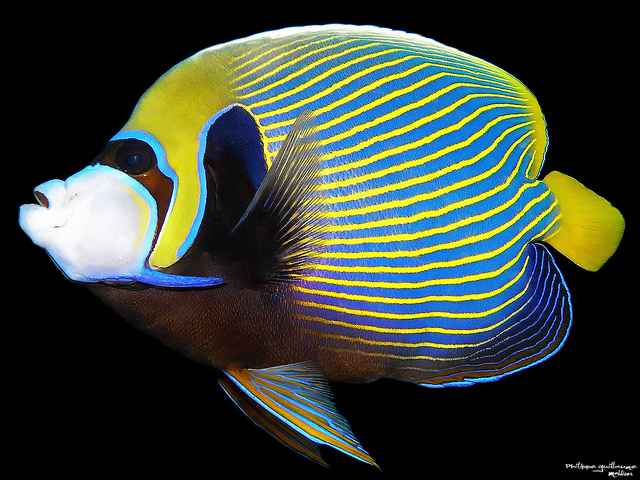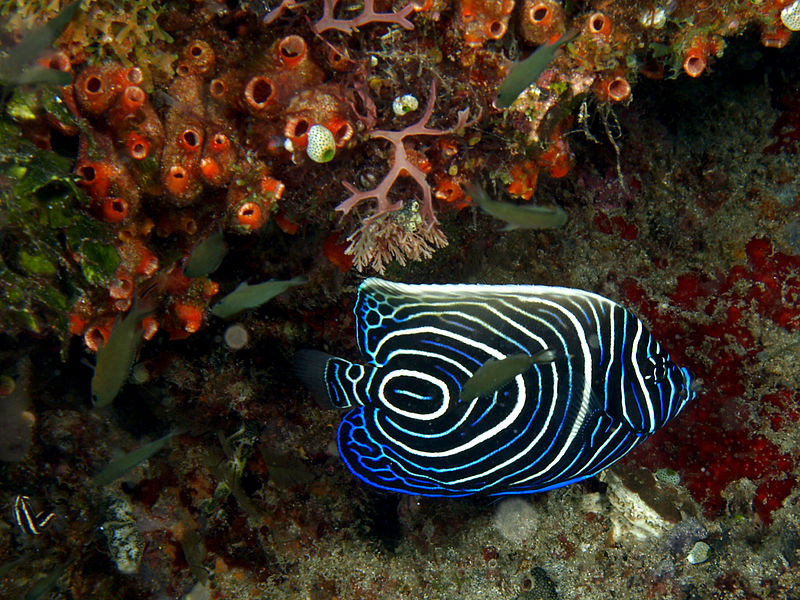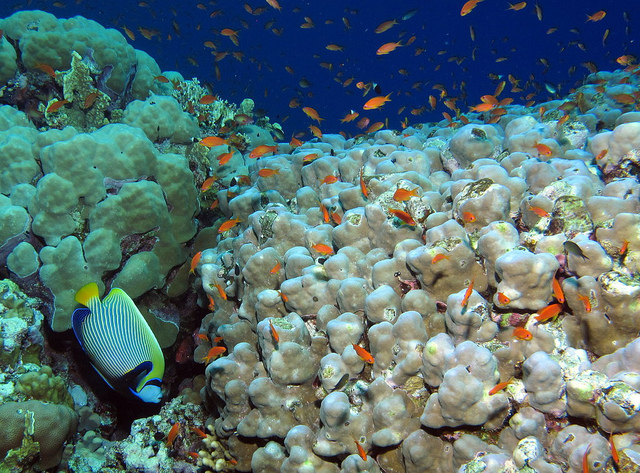I'm stoked to be going to Fiji this June with Joshua Drew from Colombia University and his crew of PhDs and masters students. My main role on the expedition is going to be documenting the science and spreading the word to the rest of the world about reefs and conservation and all things fishy (I like to think of myself as the equivalent of Vikram Ray in the Life Aquatic). Here's a bit more from Dr Drew about what we'll be doing.
I was last in Fiji many years ago (I spent a year diving and travelling around the world before starting University) and you have no idea how thrilled I am to have the chance to go back.
I've been flipping through my old dive log book (I'm a total geek when it comes to logging dives. I write them like detailed diary entries describing as much as I can about the dives and also getting nerdily statistical with facts like my accumulated time underwater).
According to my log, the first time I dived in Fiji was my 116th dive (after 62 hours 40 minutes total time underwater). I was diving on the Great Astrolobe Reef that runs past island of Kadavu and it was apparently the first time I'd ever seen an emperor angelfish (Pomacanthus imperator). One of these beauties:
Isn't it stunning? I know it's big show off but it is without doubt one of my favourite coral reef fish.
Those blue and yellow stripes are the reason I ride around Cambridge on a blue and yellow bicycle (I have a Pashley Tube Rider in a colour combo no longer available that they called Tropical Fish).
I'm suprised I don't remember that it took me so long to see one. By the time I got to Fiji that first time I'd already spent a long time diving in Belize (okay, no emperors there) and Australia. And when I did finally see it, my log entry went:
I finally saw my EMPEROR ANGELFISH – cool! Beautiful fish – Big for an angelfish. Thank you! I love it.
As juveniles they have a completely different but equally elegant look:
One theory about why they undergo such a transformation is that by painting themselves in young 'un colours the juveniles can swim into the adults' territories without getting chased off (they eat different food so aren't competing with grown ups for dinner).
The adults' dark eye band makes them look like a fishy racoon and by hiding their eyes potentially confuses predators who won't know which end is which.
Hopefully I'll get to see plenty more emperors this time.
#CUinFiji
Photos by Philippe Guillaume, Derek Keats and Nick Hobgood.



Leave a Reply